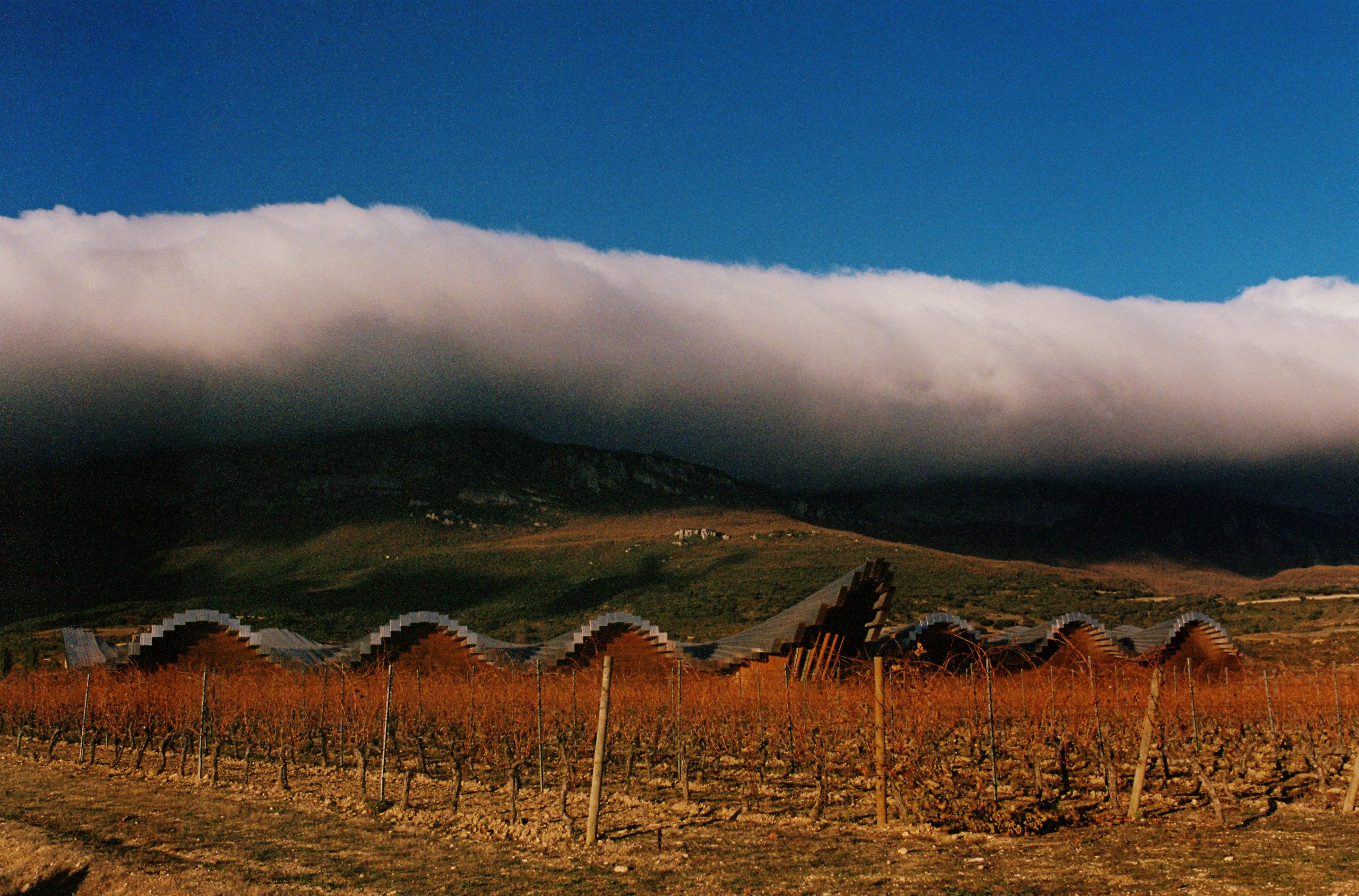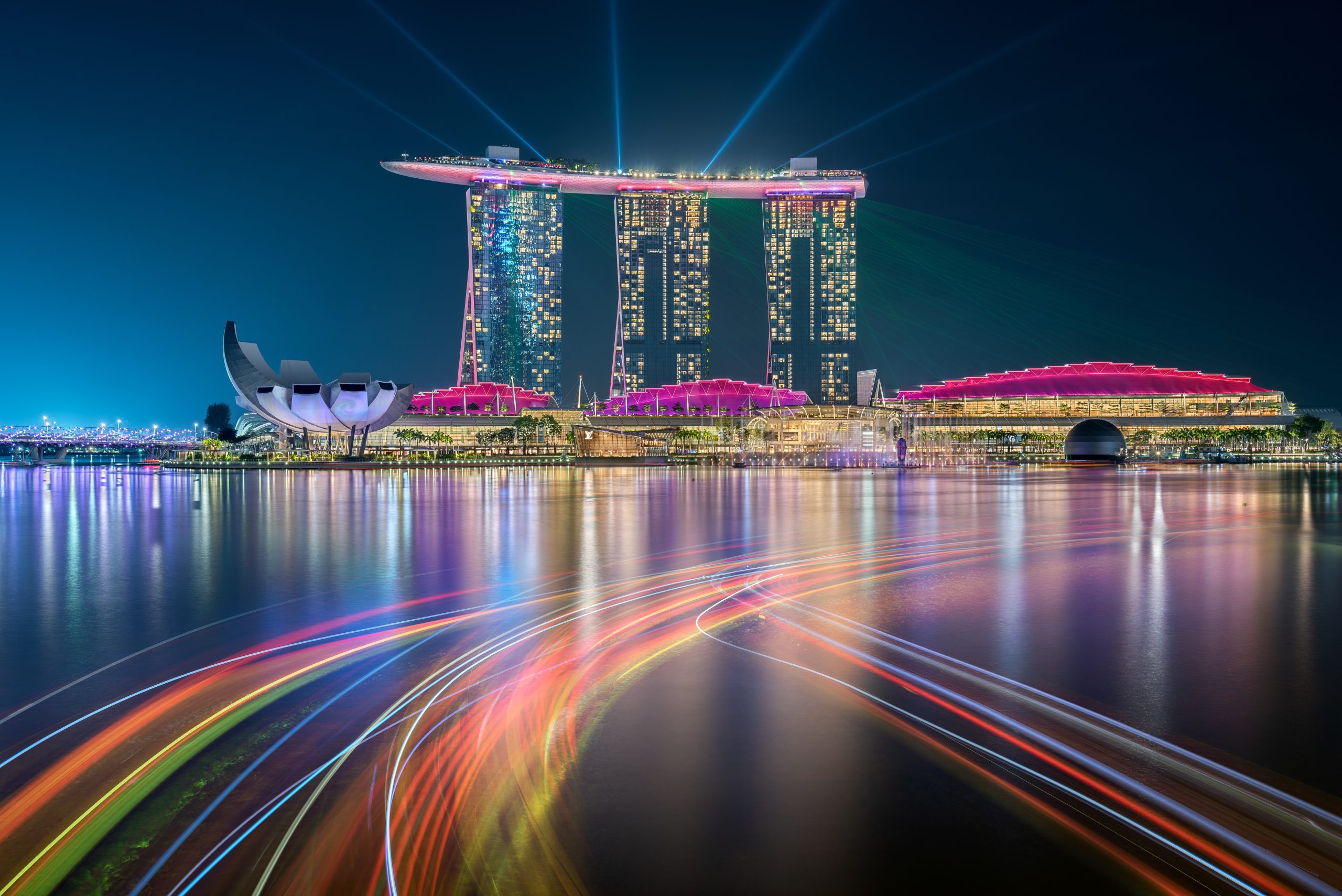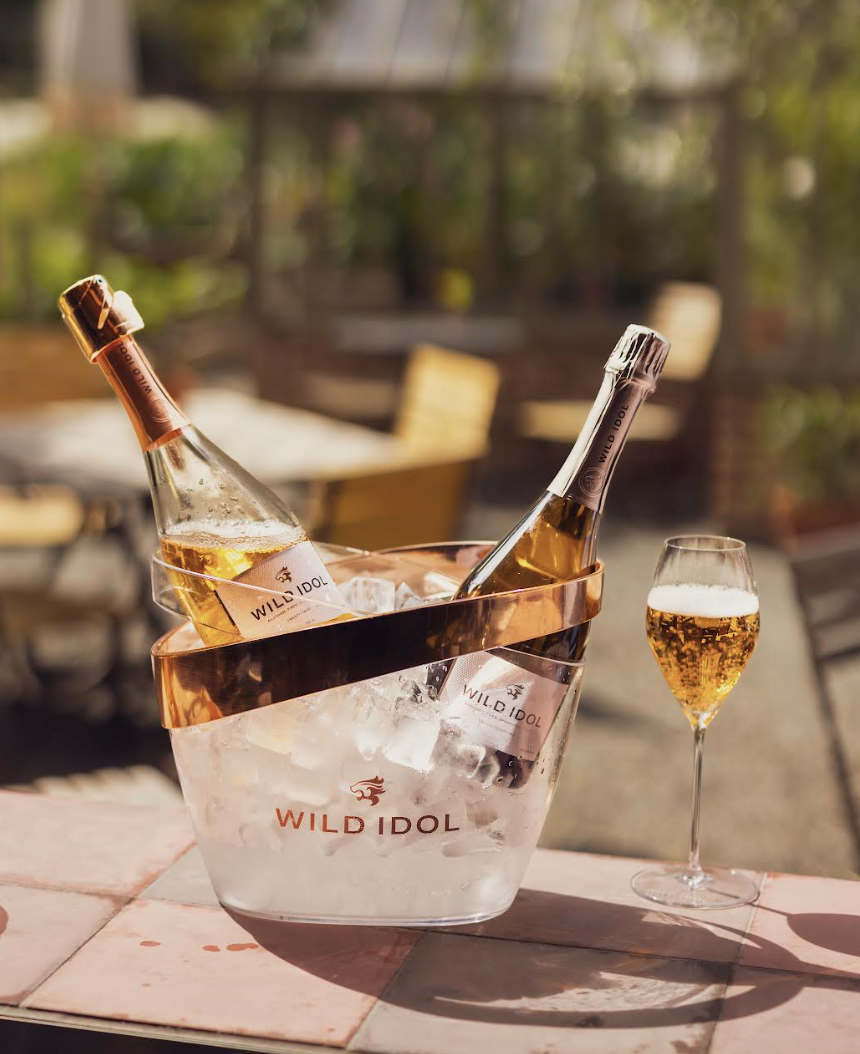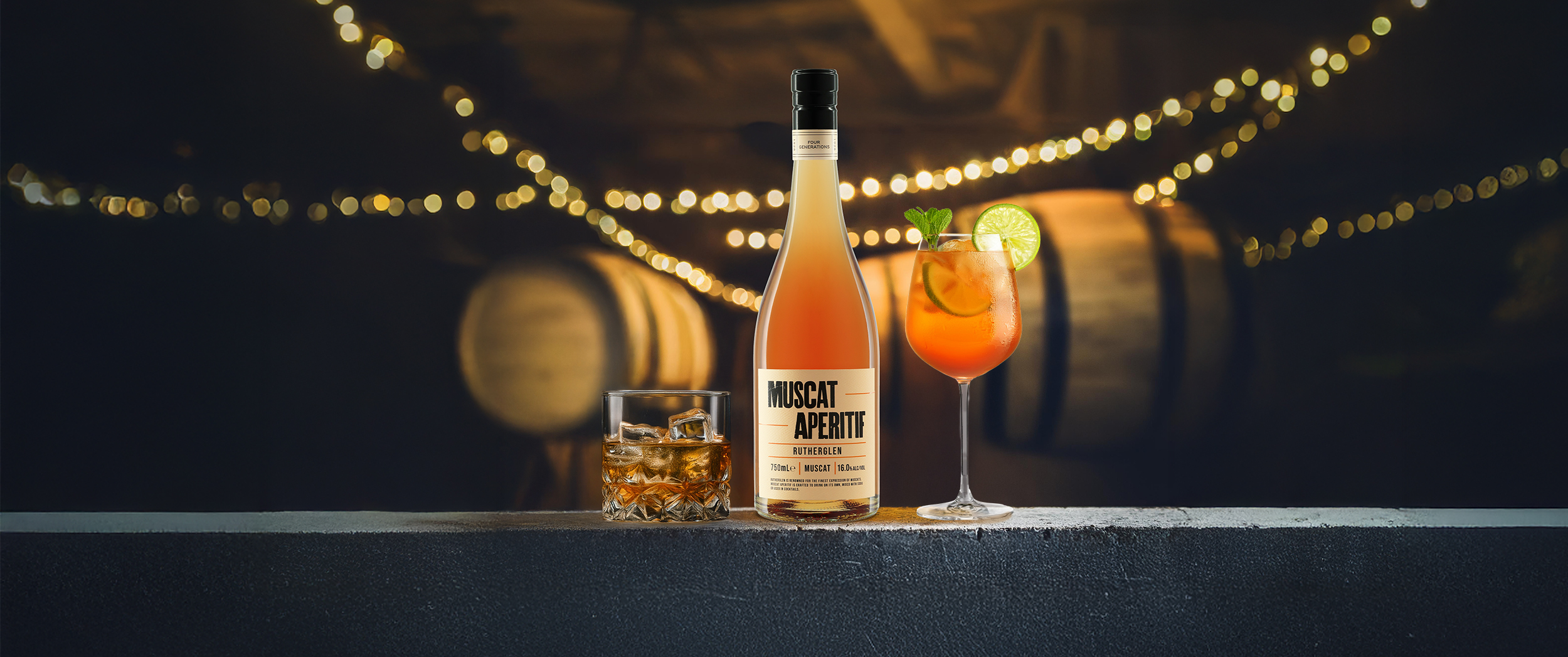Power Brands 2015: The results (94-90)
We continue our countdown of the world’s 100 most powerful wines and spirits by looking at those brands ranked 94-90.
Wine brands showed a better performance in 2015’s survey
The survey is compiled by Intangible Business in partnership with the drinks business, and sees the world’s most influential wine and spirits brands pitted against each other to determine the world’s most powerful based on a scoring matrix.
As previously reported by db, this year’s results showed the declining power of Scotch and vodka, but rising influence of Bourbon, US and Irish whiskey, as well as spiced rum. Meanwhile, Champagne and wine brands also showed a better performance in 2015’s report compared to the previous year.
Brands which were ranked numbers 100-95 can be viewed here, while the methodology can be seen here, and the panellists here.
94. Three Olives
Three Olives is a powerful brand, but US consumers appear to be tiring of the endless array of bizarre flavoured vodkas
Falling 14 places this year to 94th in the survey, Three Olives vodka has suffered from both a sliding brand score and a volume decline in its key market, the US.
The vodka, which was launched in 1998 by former US director for Hennessy Cognac, Guillaume Cuvelier, had been a Power Brand rising star: 10 years ago, when the survey was launched, it was just a 250,000 case proposition, but by 2012, when it peaked, Three Olives was shifting almost 1.6m cases annually.
However, the brand – acquired by Proximo Spirits in 2007 – has lost some of its lustre, which was reflected in a 5% volume decline in 2014. This was partly because, as previously reported by the drinks business, spirits consumers in the high volume (and value) US market are switching to Bourbon, US and Irish whiskey along with dark rum.
But it was also due to the fact that US consumers appear to be tiring of the endless array of bizarre flavours associated with the vodka category, and Three Olives had built a strong following for such variants, particularly the somewhat ersatz Bubblegum and Whipped Cream versions.
As Spiros Malandrakis, alcoholic drinks analyst at Euromonitor International explained in a previous interview with db, “Vodka went overboard with flavour innovations and people are no longer really trusting vodka propositions at the moment, whether it’s new flavours or anything from the big [vodka] brands.”
Nevertheless, Three Olives is still a significant brand, if somewhat narrow in its market scope – the vast majority of its sales are centred on the US market, where the vodka now plays on its British origin to create a following.
Rank: 94
Rank difference: -14
Volume sales (2014): 1.4m cases (down 5%)
Owner: Proximo Spirits
Category: Vodka
Country: England
Total score: 2.5% (down 1%)
Brand score: 40% (down 5%)
Share of market: 2.1
Future growth: 3.8
Premium price positioning: 5.4
Market scope: 3.5
Awareness: 4.6
Relevance: 4.1
Heritage: 3.8
Brand perception: 4.6
93. Wolf Blass
Wolf Blass may be the lowest scoring wine brand in the survey, but it’s still a significant global player in the world of drinks, selling as much as 3.5m cases annually.
Nevertheless, the brand, which was founded in Australia’s Barossa Valley in 1966 by German immigrant Wolfgang Blass, has seen a slow decline since 2008, when its sales peaked at 4.5m cases.
Affecting the brand have been a number of challenges, from a strong Australian dollar, which has influenced pricing in the sensitive UK market, to image issues in the US, where both Australia and Shiraz have suffered from a downmarket positioning due to inexpensive Australian brand Yellow Tail.
Wolf Blass owner, Australian company Treasury Wine Estates (TWE), has also been through a troubled period, particularly in the US during 2013, where It wrote down AUS$160m of excess stock, including destroying six million bottles of out-of-date wine from its Californian brand, Beringer.
Indeed, as previously reported by db, Wolfgang Blass has called TWE’s US venture a “nightmare from day one”
However, there does seem to be a slow turnaournd in sales volumes for Wolf Blass since the appointment of a new chief executive at TWE, Michael Clarke, who is offloading “non-priority” labels to focus on the company’s core brands, of which Wolf Blass is one.
Rank: 93
Rank difference: -6
Volume sales (2014): 3.5m cases (up 4%)
Owner: Treasury Wine Estates
Category: Wine
Country: Australia
Total score: 2.5% (no change)
Brand score: 53% (down 1%)
Share of market: 3.8
Future growth: 4.5
Premium price positioning: 5.5
Market scope: 5.5
Awareness: 5.9
Relevance: 5.9
Heritage: 6.1
Brand perception: 5.6
92. Bols Liqueurs
With as many as 39 different flavours, Bols Liqueurs is one of those back bar staples that has benefitted from the increasing demand for cocktails.
As a result, the brand has seen a slight uptick in sales during 2014, although volumes have remained between 1.1m and 1.2m cases during the 10 years since the Power Brands survey began, ensuring that Bols scores fairly low for “future growth”.
Partner Content
Furthermore, the liqueur, which is distilled in The Netherlands, is prominent in Europe, but less so in the world’s biggest market for cocktails: the US.
Where the brand does score well is for awareness and heritage: Bols has been distilling liqueurs since 1575, making it the oldest distillery brand in the world.
Rank: 92
Rank difference: -3
Volume sales (2014): 1.2m cases (up 4%)
Owner: Lucas Bols BV
Category: Liqueurs
Country: The Netherlands
Total score: 2.6% (no change)
Brand score: 49% (up 2%)
Share of market: 2.6
Future growth: 4.1
Premium price positioning: 4.8
Market scope: 5.5
Awareness: 6.3
Relevance: 5.0
Heritage: 6.4
Brand perception: 4.8
91. Black Box Wines
A new entry this year, Black Box Wines has lept onto 2015’s Power Brands at number 91 due to a significant volume growth – the wine has grown by almost 1m cases in 2014 (or rather, nine-litre case equivalents, because the Black Box wine brand is dedicated to the bag-in-box format).
Owned by Constellation Brands, and sold exclusively in the US market, this wine was created in 2003 to offer consumers the convenience of bag-in-box packaging, but with a range of relatively upmarket wines marketed by grape variety, from Malbec to Moscato.
The wines are sourced from a range of countries, primarily the US and South America.
Although the brand has a narrow market scope, and little in the way of heritage, it is proving a wine to watch: back in 2008 it was selling 1m cases, but today it is shifting over 4m, making it one of the world’s biggest wine brands.
Rank: 91
Rank difference: -6
Volume sales (2014): 4.1m cases (up 21%)
Owner: Constellation
Category: Wine
Country: USA
Total score: 2.6% (up 1%)
Brand score: 48% (up 5%)
Share of market: 4.0
Future growth: 6.5
Premium price positioning: 4.1
Market scope: 4.6
Awareness: 4.0
Relevance: 5.4
Heritage: 4.8
Brand perception: 4.9
90. Paul Masson Grande Amber Brandy
Another new entry for 2015, Paul Masson Grande Amber Brandy enjoyed a jump in year on year growth of 18%, forcing it up 12 places to 90 in this year’s Power Brands.
The US brandy has been on the peripheries for a number of years, shifting around 1.2m cases, but a recent boost in sales to 1.6m has propelled it up the table.
Benefitting the brand is a move to brown spirits among US consumers, as well as the brandy’s relative affordability: it is around half the price of an equivalent product from Cognac.
With over a century of history, the brandy scores well for heritage, but does poorly for market scope and price positioning: it is sold exclusively in the US at relatively low prices.
Rank: 90
Rank difference: up 12 (new entry)
Volume sales (2014): 1.6m cases (up 18%)
Owner: Constellation
Category: Brandy
Country: USA
Total score: 2.7% (up 1%)
Brand score: 37% (up 3%)
Share of market: 3.0
Future growth: 3.9
Premium price positioning: 3.8
Market scope: 3.3
Awareness: 3.9
Relevance: 3.5
Heritage: 4.8
Brand perception: 3.9
Methodology
Nearly 200 of the largest brands in the wine and spirits industries were scored by nine panelists to derive a list of the 100 most powerful alcoholic drinks brands. Power is defined by a brand’s ability to generate value for its owner. Value is classified by a series of measures as identified below.
Hard measures
- Share of market: volume-based measure of market share
- Brand growth: projected growth based on five years’ historical data and future trends
- Price positioning: a measure of a brand’s ability to command a premium
- Market scope: the number of markets in which the brand has a significant presence
Soft measures
- Brand awareness: a combination of both prompted and spontaneous awareness
- Brand relevancy: capacity to relate to the brand and a propensity to purchase
- Brand heritage: a brand’s longevity and a measure of how it is embedded in local culture
- Brand perception: loyalty and how close a strong brand image is to a desire for ownership
A panel independently ranked each brand out of 10 on the above measures (10 = high, 0 = low). The scores were aggregated and averaged to reach a total score for each brand. A total score was achieved by multiplying a brand’s weighted volume by its brand score (a derivative of the eight measures of brand strength), within a defined range. The weighting is designed to adjust the volumes to a comparable level.




